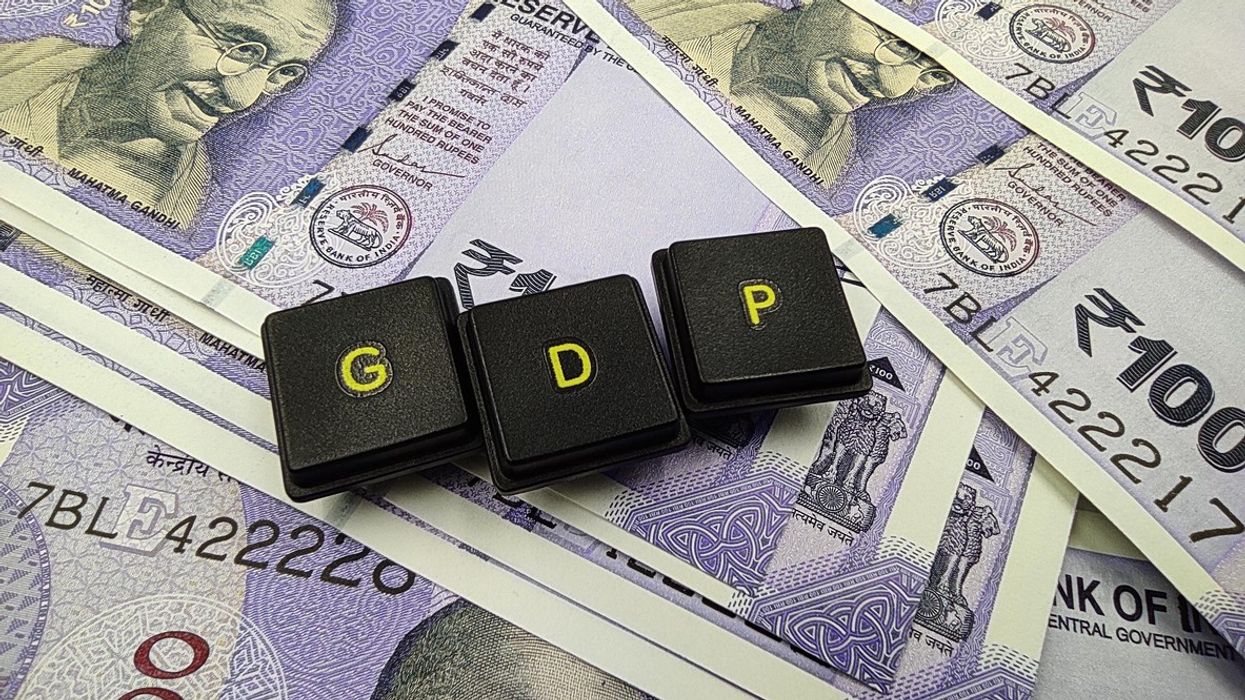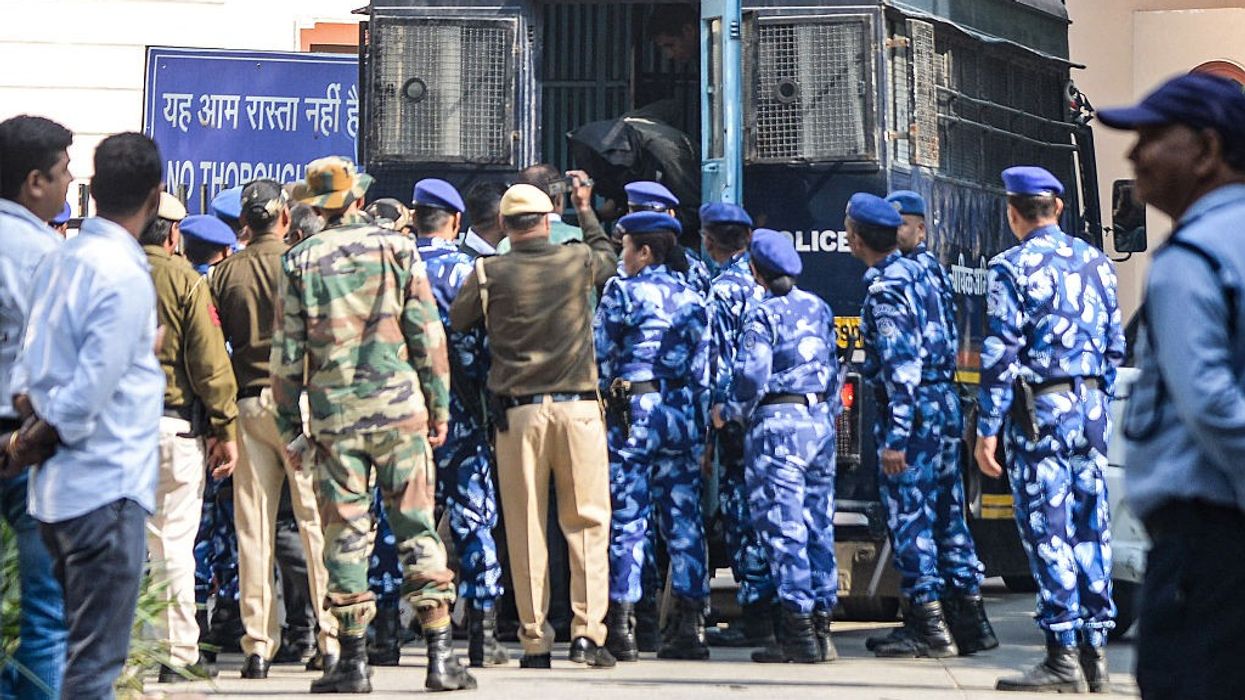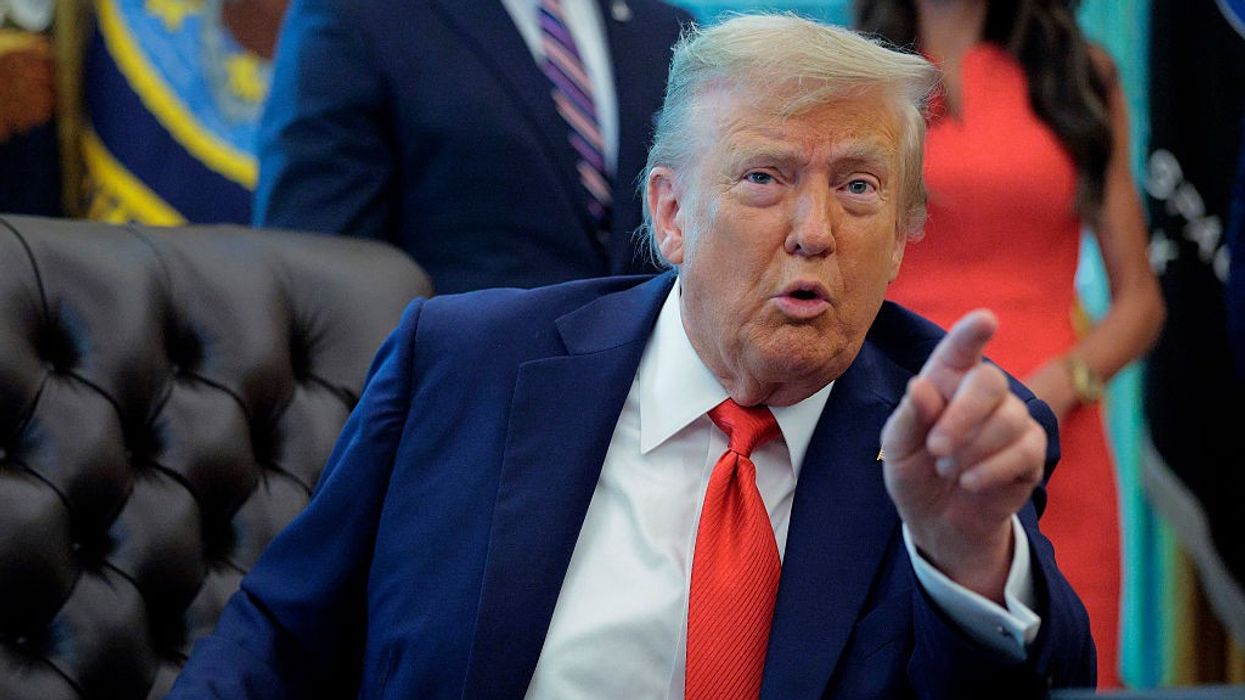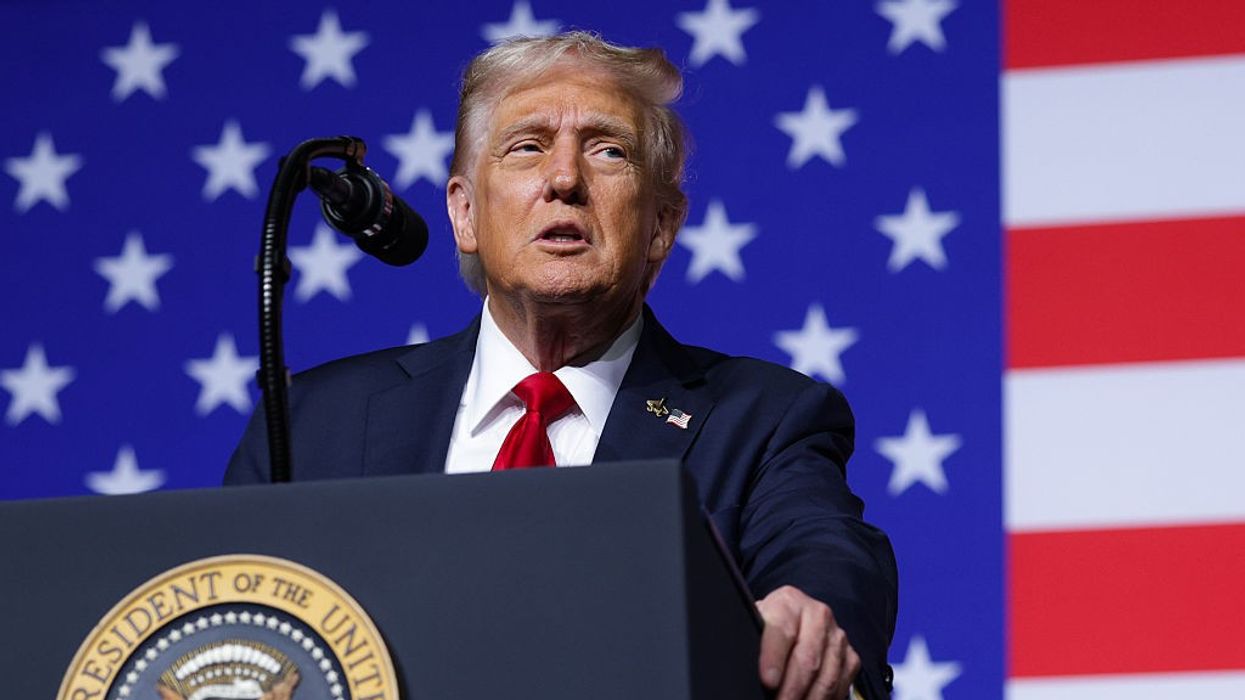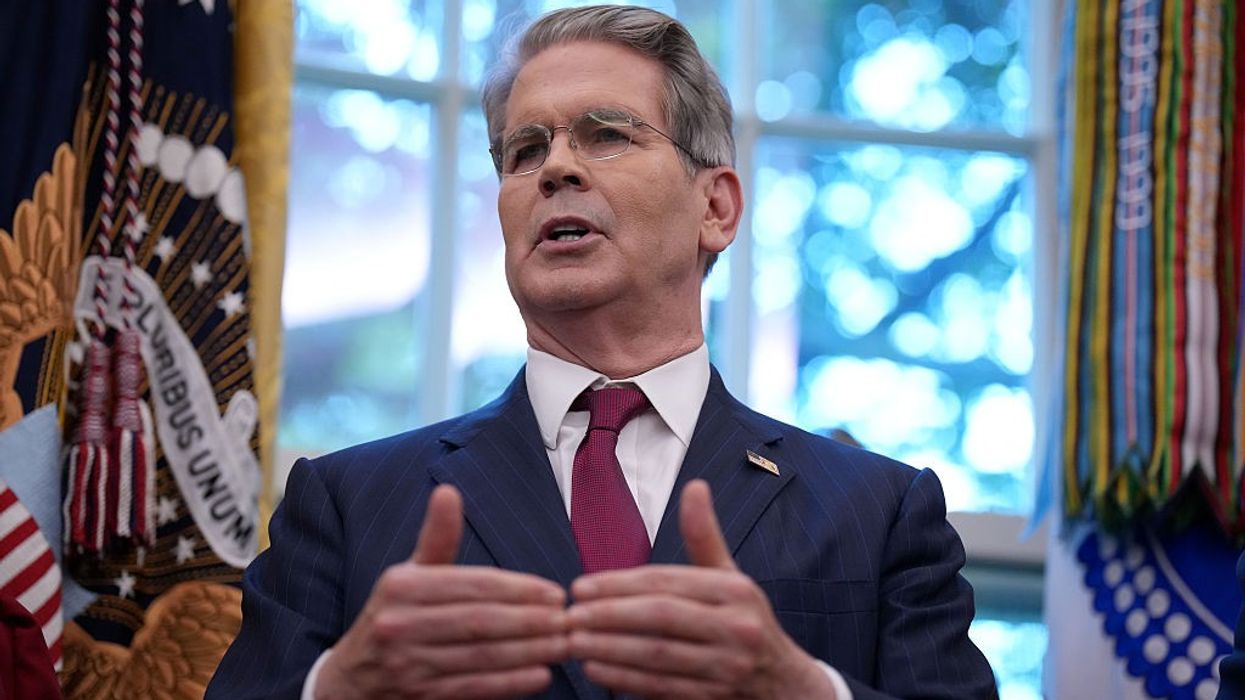- FY26 GDP growth forecast raised to 6.5 per cent, supported by strong domestic demand and agricultural gains.
- FY27 GDP forecast downgraded to 6.3 per cent due to 50 per cent US tariffs on $50 billion of Indian exports.
- Key sectors hit include textiles, gems and jewelry, and shrimp processing.
- Domestic factors such as rural wages, credit growth, and infrastructure investment are expected to buffer growth.
India remains the fastest-growing major economy globally, despite regional and trade-related risks.The World Bank raised India's GDP growth estimate for FY26 (April 2025-March 2026) to 6.5 per cent up from the previous 6.3 per cent projected in June 2025. The revision refelcts strong domestic demand, rising rural wages, robust agricultural output, and the benefits of reforms such as GST 2.0 which simplified compliance and lowered taxes rates for businesses. The first quarter of FY26 (April-June 2025) saw real GDP grow at 7.8 per cent the festest in five quarters, signalling a strong start to the fiscal year.
FY27 outlook softened by US tariff
For FY27 (April 2026-March 2027), the World Bank trimmed India's growth forecast by 20 basis points to 6.3 per cent. This downgrade is primarily due to US imposing 50 per cent tariffs on roughly three-quarters of Indian goods exports, affecting approximately $50 billion in trade.
Key sectors impacted include textiles, gems and jewelry, and shrimp processing. With about 20 percent of India's goods exports heading to the US, an equivalent to 2 per cent of GDP these tariffs are expected to dampen export-driven growth.
Domestic factors buffering growth
Despite external pressures, India's domestic economy remains resilient. The governemtn reforms strong public investments in infrastructure and robust rural income gains are expected to support private consumption. Credit growth and improved agricultural output will further strenghthen domestic demand, mitigating the negative impacts of slower exports. The world bank also notes that the pace of reforms and policy implementation will be critical in sustaining momentum.
Risks and challenges ahead
The report highlights potential downside risks that could affect medium term growth. These include global economic slowdowns, uncertainities in domestic policy, disruptions in the labor market due to technological changes, and any further escalation in trade dispites. While India's growth remains strong, the external environment, particularly trade tensions with the US will play a decisive role in FY27.
Regional and global context
India is projected to remain the fastest-growing major economy in the world, outperforming other South Asian nations and emerging markets. Overall, South Asia’s growth is expected at 6.6% in 2025, slowing to 5.8% in 2026, mainly due to the US tariffs affecting Indian exports. Despite this, the country’s domestic-driven growth model will help sustain its position as a global economic leader.
